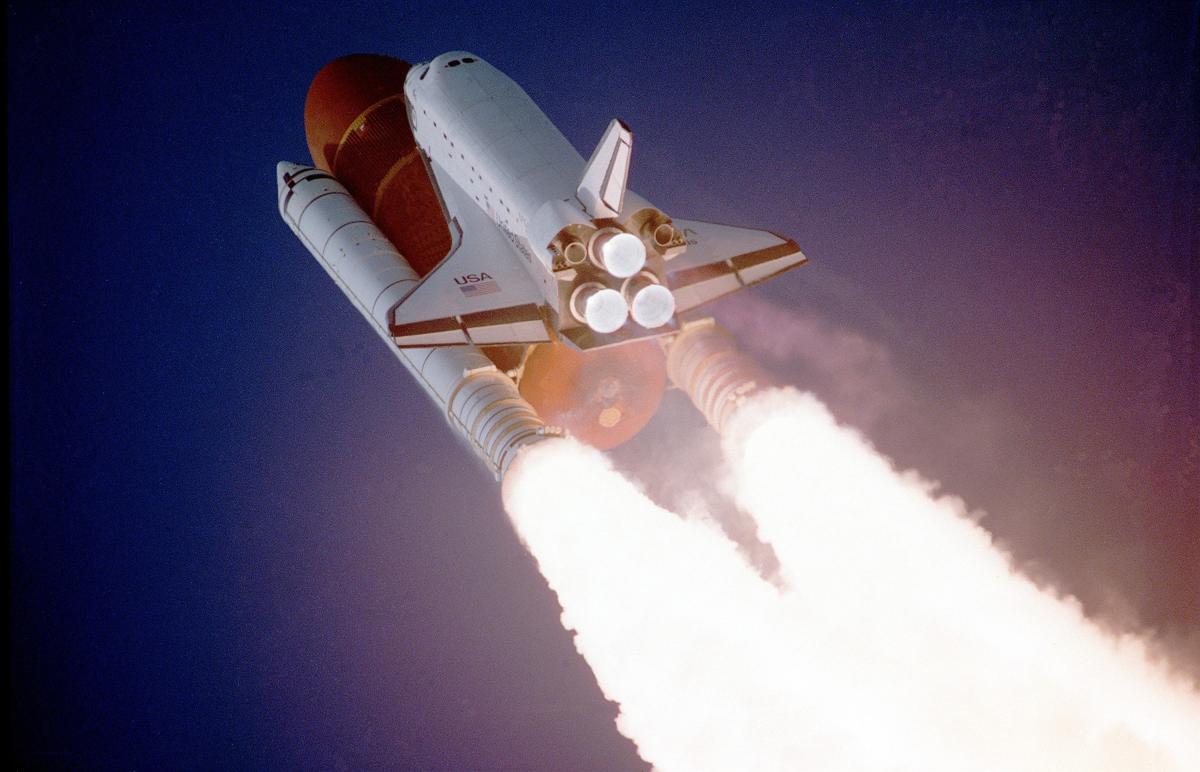
The Effects of Payload Mass on a Rocket
Students will construct a rocket by exploring the relationship of the mass in the nose cone to the success of a launch. Students will learn about "center of mass' and how to find it, as well as the effects drag has on the rocket's stability. Students will try different weights inside of the cone, each time launching them into the sky. In the end, the students will be able to communicate how the weight of the nose cone impacts the motion of the rocket.
Lesson Plan Link/URL
https://docs.google.com/presentation/d/1pm7YEq3mzbWIVpuAxqB0RX8Agyg4JpeP/edit?u…Subject Area
Science Physical Science P2: Objects at a Distance P3: Net Force Engineering S2: Apply the Engineering Design Process S3: Apply Mathematics to Engineering S4: Apply Science to Engineering Mathematics Measurement and Data (MD) English Language Arts (ELA) Reading (Literature)Related Content

Rad Roller Coasters Part 2 comes at the end of our paper roller coaster project. Students will collect data on their coaster and use that to calculate velocity, potential energy and kinetic energy

This is the 3rd part of the lesson series where students will determine the thrust and stability of their water bottle rockets to answer their essential question: Using the Design Process how can we

Could Iron Man actually survive a superhero landing? In this lesson, students follow the engineering design process to create a "suit" for an egg to protect it from being dropped on the ground. They